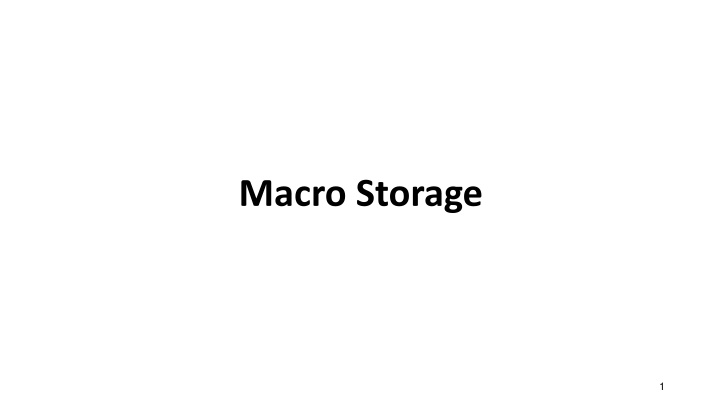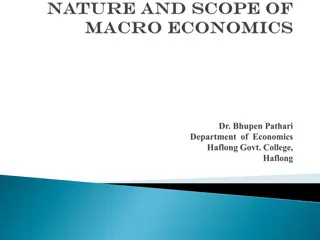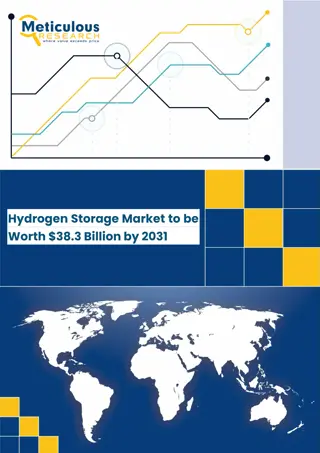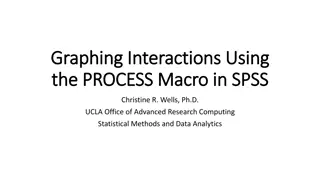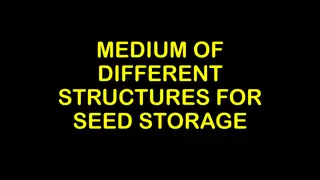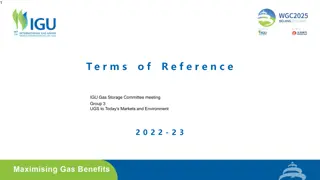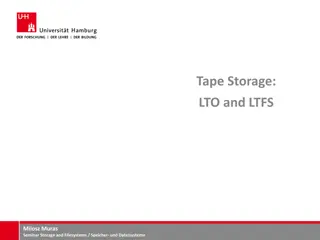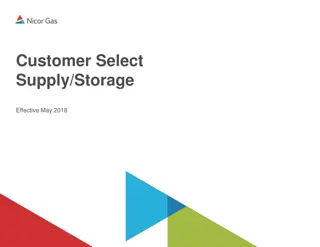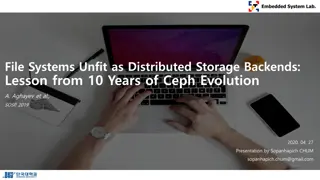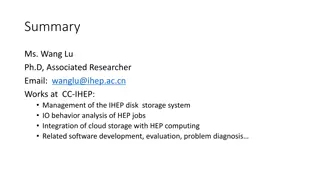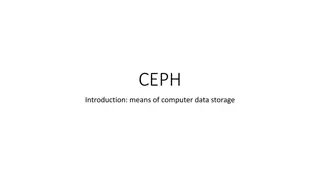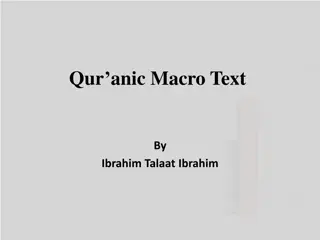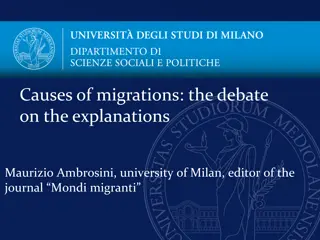Macro Storage
Analyzing China's GDP per capita convergence, contribution to growth by input, social financing stock, augmented deficits, and net borrowings. Also includes references to IMF reports and conferences on China's economic policies and growth strategies.
Download Presentation

Please find below an Image/Link to download the presentation.
The content on the website is provided AS IS for your information and personal use only. It may not be sold, licensed, or shared on other websites without obtaining consent from the author.If you encounter any issues during the download, it is possible that the publisher has removed the file from their server.
You are allowed to download the files provided on this website for personal or commercial use, subject to the condition that they are used lawfully. All files are the property of their respective owners.
The content on the website is provided AS IS for your information and personal use only. It may not be sold, licensed, or shared on other websites without obtaining consent from the author.
E N D
Presentation Transcript
Two ways to store macros for re-use. Use stored compiled macros to make macros available to a SAS program. Use the autocall facility to make macros available to a SAS program. 2
Review: Produce a list of session stored in the default temporary catalog, work.sasmacr. session- -compiled compiled macros proc proc catalog catalog cat=work.sasmacr; contents; title "My Temporary Macros"; quit quit; title; 3
Stored Compiled Macros The MSTORED system option enables storage of compiled macros in a permanent library. The SASMSTORE= system option designates a permanent library to store compiled macros. OPTIONS MSTORED SASMSTORE=libref ; libref points to an allocated SAS data library. 4
Stored Compiled Macros macro definition for permanent stored compiled macros: %MACRO macro-name / STORE; macro-text %MEND macro-name; The STORE option stores the compiled macro in the library indicated by the SASMSTORE= system option. 5
Stored Compiled Macros Example: Store the CALC macro in a permanent library. options mstored sasmstore=tmp; %macro %macro calc calc / store; proc means data=orion.order_fact &stats; var &vars; run; %mend %mend calc; 6
Call the CALC macro in a new SAS session. options mstored sasmstore=tmp; %let stats=min max; %let vars=quantity; %calc calc
The Autocall Facility SAS software includes an autocall library of utility macros. 9
The Autocall Facility An autocall library is a collection of external files that contain macro definition source code. You can make macros accessible to your SAS session or job by concatenating your own autocall library or your organization's autocall library (or both) with the autocall library supplied with SAS software. 10
Defining an Autocall Library To define an autocall library: 1. Specify the MAUTOSOURCE SAS system option. 2. Use the SASAUTOS= SAS system option to identify autocall library locations. 11
Autocall Facility System Options The MAUTOSOURCE option controls autocall facility availability. General form of the MAUTOSOURCE|NOMAUTOSOURCE option: OPTIONS MAUTOSOURCE; OPTIONS NOMAUTOSOURCE; The default setting is MAUTOSOURCE. 12
Autocall Facility System Options The SASAUTOS= system option specifies the location of autocall macros. General form of the SASAUTOS= system option: OPTIONS SASAUTOS=(library-1,...,library-n); The values of library-1 through library-n are references to source libraries containing macro definitions. You specify a source library by doing one of the following: Placing its name in quotation marks Pointing to it with a fileref 13
Autocall Facility System Options Concatenate the autocall library supplied by SAS with your personal autocall library and/or your organization's autocall library. Windows: options mautosource sasautos=('c:\tmp',sasautos); UNIX: options mautosource sasautos=('/workshop','!SASROOT/sasautos'); z/OS: options mautosource sasautos=('my.macros',sasautos); The reserved fileref SASAUTOS is assigned to the autocall library supplied by SAS. 14
The Autocall Facility in Windows or UNIX In a Windows or UNIX environment, save each macro definition as a separate file within the directory specified in the SASAUTOS= option. Ensure that: Filenames have a .sas extension. The filename and the macro name match. UNIX filenames are lowercase. 15
Accessing Autocall Macros With the autocall facility in effect, you can call any macro in the autocall library. If you call a macro that was not previously compiled, the macro facility: Searches the autocall library for a member with the same name as the called macro Issues an error message if the member is not found Executes the macro source statements to compile the macro if the member is found Calls the macro 17
Accessing Autocall Macros Is a compiled macro available? Execute the compiled macro Yes No Does the macro exist in an autocall library? No WARNING: Apparent invocation of macro not resolved Yes Execute the source statements to compile the macro Execute the compiled macro 18
The Autocall Facility Example: Save the CALC macro in an autocall library as calc.sas. Step 1: options mautosource sasautos=('c:\tmp',sasautos); %macrocalc; proc means data=orion.order_item &stats; var &vars; run; %mend calc; Step 2: Step 3: continued... 19
The Autocall Facility Step 4: Call the CALCmacro in a new SAS session. options mautosource sasautos=('c:\tmp',sasautos); %let stats=min max; %let vars=quantity; %calc calc 20
Macro Storage Advice Advantages of stored compiled macros: You avoid re-compiling lengthy macro source code. Macro source code can be protected or hidden. Advantages of autocall macros: They are available cross-platform. Macro source code can be edited in any text editor without invoking SAS. If none of the above considerations apply, use whichever technique is preferred in your organization or whichever technique you prefer. 21
